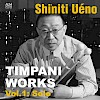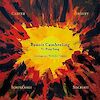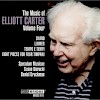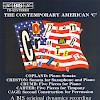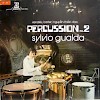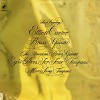Eight Pieces for Four Timpani (one player) for Timpani
Recordings (7)
- Bridge Records 9111 (2001)David Starobin, guitar | William Purvis, conductor | Susan Narucki, soprano | Speculum Musicae: Stephen Taylor, oboe; Allen Blustine, clarinet; Curtis Macomber, violin (+2)
- BIS CD-52 (1995)
- BIS LP-256 (1984)
- Erato STU 71106 (1978)Sylvio Gualda, timpani
